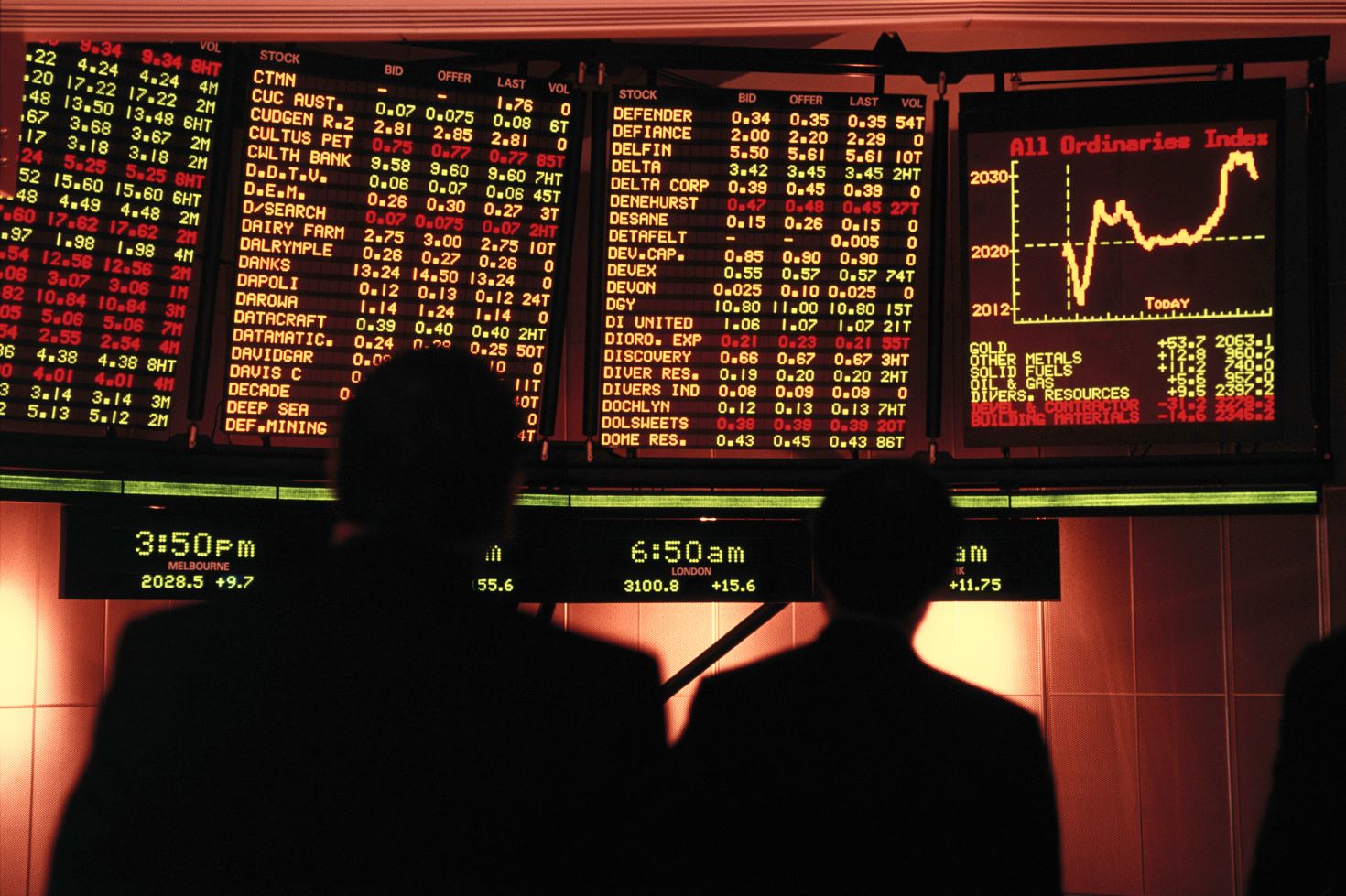As the global economic recovery continues, the role of the Australia dollar (AUD) in the carry trade may change, according to BNP Paribas Markets 360 strategists.
What is a carry trade?
Central banks around the world have responded to the unprecedented disruptions caused by the Covid-19 pandemic by cutting interest rates to record lows. As countries recover at differing speeds, their changing rates give rise to trading opportunities: currencies can be borrowed in countries with lower rates and invested in higher-yielding assets in the currencies of countries with higher interest rates – a strategy known as the carry trade.
“Currency traders have traditionally regarded the Australian dollar (AUD) as a cyclical currency with a value driven by the relative strength of commodities prices,” explained Parisha Saimbi, G10 FX Strategist at BNP Paribas. “As the country’s economy is driven by its exports of minerals and agricultural produce, the AUD strengthens when demand for these products is strong.”
To keep inflation down, the Reserve Bank of Australia (RBA) has generally kept lending rates higher than in other countries, which attracts foreign capital and strengthens the AUD.
This dynamic has provided currency traders with compelling hedging opportunities. Japanese financial institutions in particular have long employed a carry trade based on their country’s low interest rate environment, using JPY to purchase higher-yielding Australian assets.
Since the onset of the global pandemic, this situation has changed. Now traders are borrowing AUD at low rates to invest in higher-yielding currencies elsewhere.
Reiko Tokukatsu, G10 Rates Strategist at BNP Paribas
Accommodative policies
The RBA’s response to the Covid-19 crisis has driven this turnaround. Back in March 2020, the RBA reduced its cash rate target to 0.1 per cent – the lowest in history – to keep the AUD’s value down and support growth. It has committed to keeping rates low until 2024, and it has relied on three key measures to do so. The first, quantitative easing (QE), has become well-known globally since the 2008 global financial crisis. Under QE, the RBA buys government bonds in the open market. Its first QE programme, announced in November 2020, committed A$100 billion to bond purchases. In February 2021, as the pandemic continued, the RBA extended the QE programme by another A$100 billion.[1]
The second measure is a Term Funding Facility (TFF): a three-year scheme to lower funding costs throughout the banking system, keeping the cost of credit low so that lenders are incentivised to support businesses and households.
The final measure is a programme of Yield Curve Control (YCC), also known as interest rate caps, which focuses on government bonds with maturities of up to three years. The RBA has pledged to buy enough bonds in this sector of the yield curve to keep the rate from rising above a target yield of 0.25%.
No forward roll
These ultra-low rates have reversed the AUD’s role in the carry trade. In March 2020, the AUD fell to a low of $0.5738 against the USD as the coronavirus crisis took hold, attracting investors to borrow the low interest rate AUD and convert the borrowed amount into assets in a higher-yielding currency. But the trade’s future profitability depends on whether the RBA maintains the monetary policies that have kept the AUD relatively weak.
“If we look at the decisions by the RBA at its recent policy meetings, it suggests this won’t last forever,” said Saimbi. Indeed, at its 6 July policy meeting the central bank decided not to roll its 3y YCC to target the November 2024 and announced it will taper its bond purchases to AUD 4 billion/week (down from AUD 5 billion currently) in early September until at least mid-November.

As the global recovery continues, keeping risk assets well supported, this should in turn drive the AUD back up against the US dollar by the end of the year, in our view, potentially ending the Australian currency’s role reversal in the carry trade.
Parisha Saimbi, G10 FX Strategist, BNP Paribas
“While the central bank is still easing policy, these actions suggest there is improving confidence in the economic recovery and thus provides a signal to markets that policy tightening may begin in the next few years,” she added. At the time of writing, markets currently price in almost 80bp of rate hikes over the next three years.
“As the global recovery continues, keeping risk assets well supported, this should in turn drive the AUD back up against the US dollar by the end of the year, in our view, potentially ending the Australian currency’s role reversal in the carry trade,” Saimbi added.
[1] https://www.rba.gov.au/media-releases/2020/mr-20-08.html
